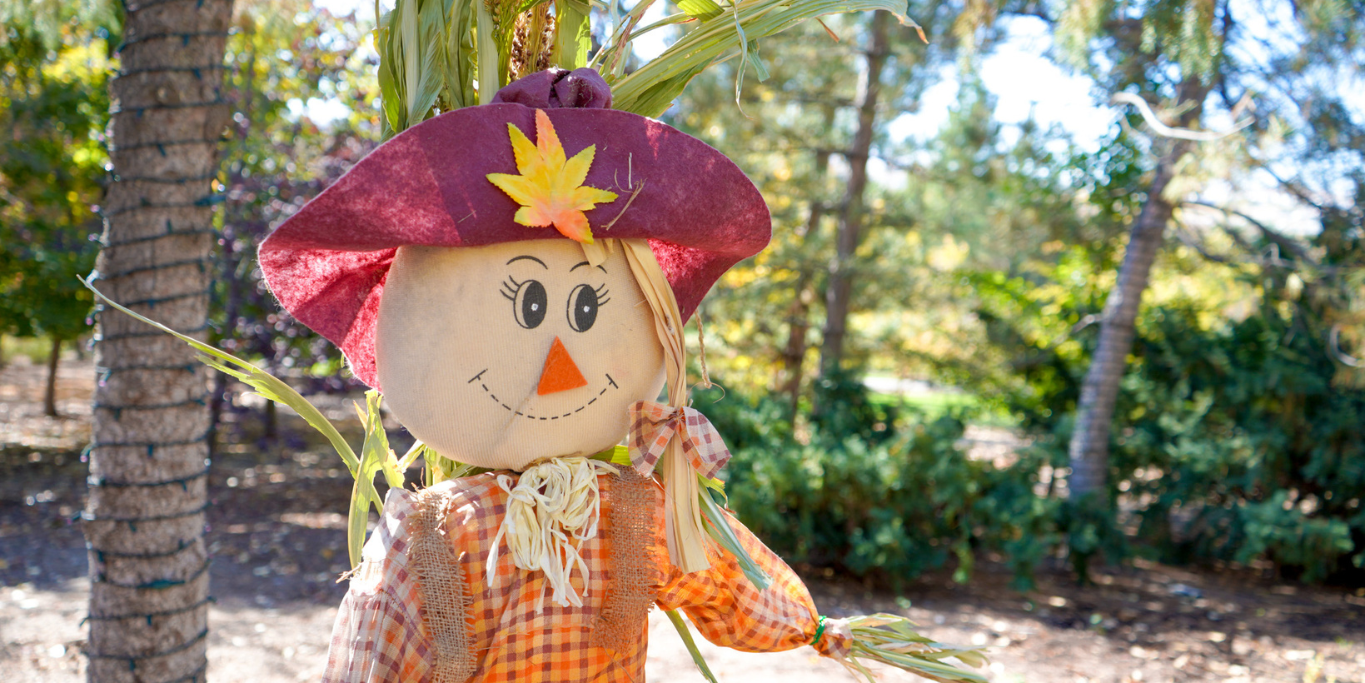Tulips are more than just beautiful spring blooms—they are a fascinating subject of science, technology, engineering, and math (STEM)! From their unique biology to their incredible adaptations, these vibrant blooms are a wonder to explore. If you’re looking for the best place to see tulips in Utah, the Thanksgiving Point Tulip Festival is the ultimate spring destination.
With over 400,000 tulips in bloom, this year’s Tulip Festival at Thanksgiving Point runs from April 9 to May 17, 2025, featuring early, mid-season, and late-blooming tulips to keep the gardens colorful throughout the festival. Keep reading to learn six incredible STEM facts about tulips—and find out where to see the best blooms in the Ashton Gardens at Thanksgiving Point!
Buy Tickets to this year’s Tulip Festival
Tulips Have Built-In Thermometers
Did you know tulips can regulate their own temperature? Their petals open wider when it’s warm and close when it’s cooler. This process, called nyctinasty, helps protect their reproductive parts from sudden temperature changes and maximizes pollination opportunities by ensuring they’re open when pollinators are most active.
2. Tulips Can Change Color Over Time
While tulips come in a variety of colors, their hues can change due to genetics, soil conditions, and even viruses! The famous striped tulips of the 17th-century Tulip Mania were actually caused by a virus that altered pigment distribution. At Thanksgiving Point, you’ll see a mix of tulip varieties carefully planted to ensure a rainbow of color and texture across Ashton Gardens.

3. Tulips Originate from Central Asia, Not the Netherlands
Although tulips are often associated with the Netherlands, they actually come from Central Asia and were first cultivated in Turkey. Their name comes from the Persian word “delband,” meaning turban, because their shape resembles the headwear. Tulips made their way to Europe in the 16th century and became a status symbol—leading to the famous Dutch Tulip Mania.
Book the Chauffeured Golf Cart Tour and discover the beauty of our blooming flowers!
4. Tulips Have Special Bulbs That Store Energy
Unlike seeds, tulips grow from bulbs, which act like underground storage units and keep nutrients and water inside. This allows tulips to survive harsh winters and bloom again each year. At Thanksgiving Point’s Tulip Festival, tulip bulbs are carefully selected and planted each October to create a new spring bloom. You’ll see early, mid-season, and late-blooming varieties, creating a continuous display of color.

5. Tulips Attract Pollinators with UV Patterns
Many flowers, including tulips, have ultraviolet (UV) markings that are invisible to the human eye but can be seen by pollinators like butterflies. These UV patterns guide pollinators to the flower’s nectar, helping with pollination. As you walk through Ashton Gardens, watch for bees buzzing around the tulips, playing their role in the garden’s ecosystem.
See the world through a pollinator’s eyes—learn how they spot pollen.
6. Tulips Can Grow Taller After Being Cut
Unlike most flowers, tulips continue to grow even after they’ve been cut! They can lengthen by up to an inch per day, thanks to the cells in their stems elongating as they absorb water. This is why tulip arrangements often change shape over time. You can see this incredible growth process up close by bringing home cut tulips from the Tulip Festival at Thanksgiving Point!

Plan your visit to the Thanksgiving Point Tulip Festival, running from April 10 to May 18, 2025, at Ashton Gardens in Lehi, Utah. With 900,000 spring flowers in bloom, this is Utah’s largest tulip display and a must-see spring event for flower lovers, families, and photographers alike. Stroll through breathtaking gardens, discover vibrant floral displays, and learn about the fascinating science behind these incredible flowers. Tickets are available online—don’t miss out on this unforgettable celebration of spring.
Book your tickets now and follow us on social media for weekly bloom updates!


